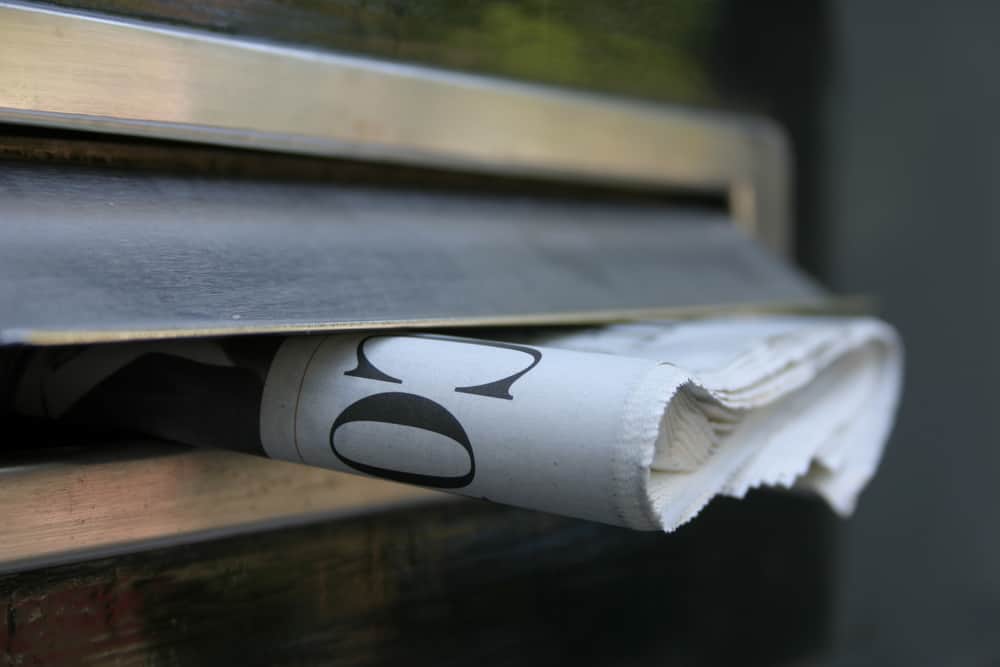
In the age of digital news where real-time notifications offer instant gratification, there still exists a faithful few, who cherish getting their current affairs from the morning newspaper. Like with most of the countries, Germany has not been an exception, where circulation of daily newspapers has fallen steadily since the advent of the internet, from having close to 28 million patrons in the early 2000s to around 20 million today.
Before the earliest forms of ecommerce were imagined, newspapers delivered to the front door were essentially the fastest delivery options that people were accustomed to, with papers coming hot off the press to the readers’ doorstep in less than a day. But now, with electrification of last-mile delivery and increased emphasis on emissions reduction, the process of newspaper delivery could do with a revamp.
In this regard, Dr. Harald Hempel, from DAKO GmbH, spoke at IAA 2018 about Smart Distribution Logistik, a project that provides for cost-effective newspaper delivery via battery electric vehicles. Today in Germany, the most common form of newspaper delivery is through cars, which quite expectedly, also deliver the maximum number of newspapers every day.
“Just look at the time it takes to get on the car seat, open the car door, circle around the car, drop the mail in the mailbox, walk back around the car, enter the car, close the door, turn on the ignition, and start the process again,” said Hempel. “This is a couple of seconds. But since you do that process many times during the delivery day, it adds up to many minutes and many hours over the year.”
Assuming the whole process takes about 10 seconds overall, and a car accounts for 50 deliveries per day, the total time taken for the redundant activity sums up to 8 minutes each day. Hempel stated that on average, there are 1,334 people delivery newspapers by car every day, which lead to potential savings of €676,000 per year if delivery could be done without alighting from the vehicle.
The idea here is to build an electric car that can be used to deliver newspapers without requiring personnel to get out of the vehicle. Not only does this reduce the time taken to deliver newspapers, but it could potentially cut down on the need for a large workforce.
“That was the general motivation for us to start this project. Battery electric vehicles are fairly easy to produce, and many startup companies produce completely unreal looking electric vehicles designed for a specific purpose,” said Hempel. “There is no need to sell these vehicles in giant numbers because the production is fairly cheap. Most costs tend to be the battery of course, and you can produce them in smaller quantities.”
To expedite and simplify the process even further, distribution channels can use software to optimize across different levels – based on day trips, sorting out daily deliveries, the number of vehicles needed to distribute across a neighborhood efficiently, and the likes.
Newspaper delivery is also tricky, as the volume that needs to be delivered changes every day. For example, the biggest part of a Monday newspaper would be sports news, but Wednesday would be a thicker newspaper as it has a lot more advertisements, and comes along with commercial additives that are given away for free.
Hempel also pointed out the declining numbers on the delivery workforce in Germany. The unemployment rate in the country is very low, leading to parcel delivery jobs looking unattractive to the millennials, as it requires them to wake up early and deliver newspapers at dawn. “Young people rather want to sleep longer and maybe work longer, older people who are used to getting up in the early hours are becoming lesser and lesser, of course by nature,” said Hempel.
There also is the concern of dropping sales as digital news gains stronghold. For instance, if newspapers delivered to a remote village stand at 30 today, the numbers might shrink over the years, to end up at five deliveries by 2022. In such situations, it would be prudent to think of an alternative means of distribution that would save energy and expenses for the delivery company.
“You got to come up with a way to save on logistics costs, and either find business models or find different ways to deliver. The interesting case is that people who are reading newspapers do not like to read it in digital format – they like old-fashioned printed newspapers,” said Hempel. “They just don’t accept the tablet, even if you give it for free. They want to have their newspaper in the mailbox.”
